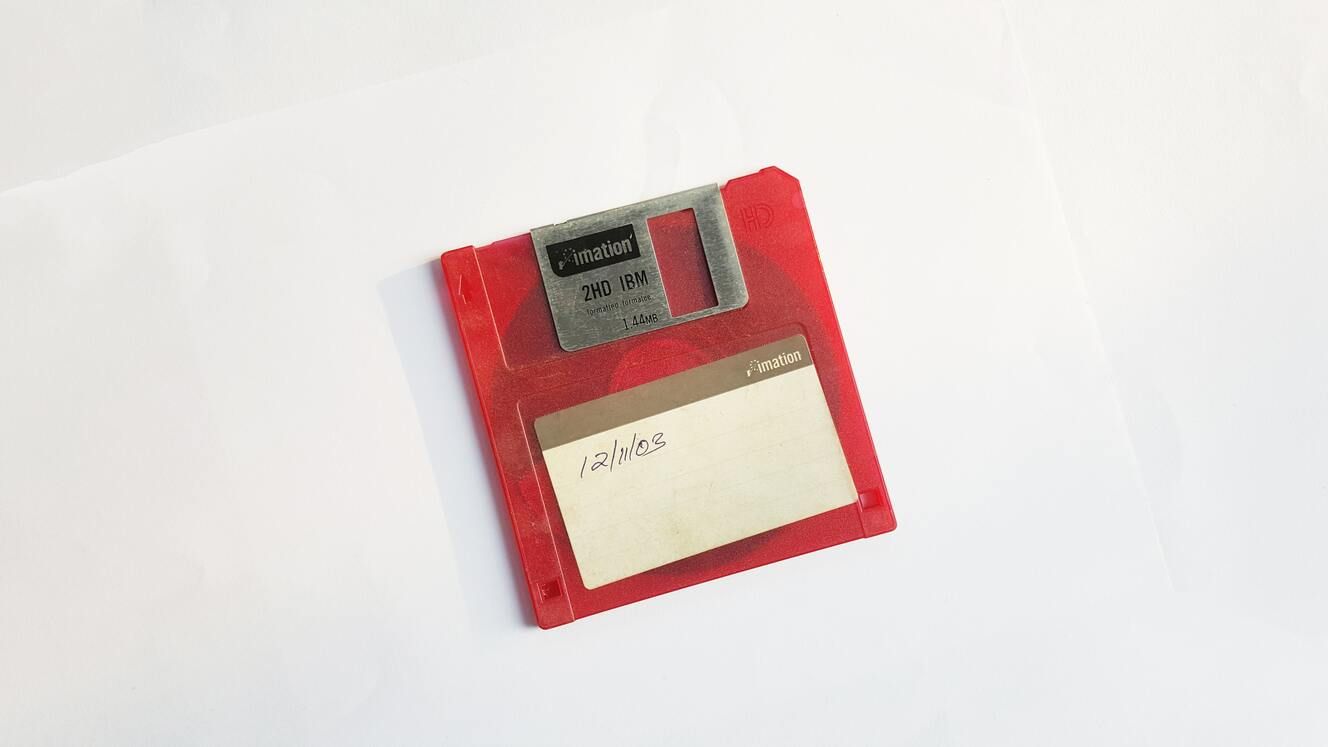Learning different memorization techniques can be an excellent way to improve your recall and be able to bring important information to mind whenever you need it. Whether you’re trying to remember numbers for a meeting, what you want to say for your presentation, or even something as simple as your list of groceries, we’ll share the best memorization techniques to try.
Memory Palace (Loci Technique)
The memory palace is a technique that’s been around thousands of years and has been brought into the mainstream lately through books like ‘Moonwalking with Einstein’ and Netflix’s documentary ‘Memory Games’. The Memory World Championships participants use this technique in order to memorize an entire deck of cards in less than a minute, memorize thousands of numbers, and dozens of names of people.
In the idea of a memory palace you take what you’re trying to memorize and associate it with silly images and place it inside of a house or space that you’re very familiar with. It leverages the way human memory works in order to optimize our brain for what we’re trying to remember.
For example, if you’re trying to memorize your grocery list and it includes eggs, oranges, and pancakes you would create a memorable images like the ones below:
- Your eggs being frozen in the bedroom of your childhood home
- A tap dancing orange with a straw through its top
- Pancakes that are being created to look like flowers
The crazier the better when it comes to the images. Then one by one you place the images in a familiar space, like your childhood home. You can put one at the front door, another one in your bedroom, and the last one in the kitchen.
When you need to remember the list you walk back through the house and find the images you left there.
This video does a great job breaking down the memory palace technique.
Mnemonics & Acronyms
Mnemonics and acronyms are often taught in schools as a way to help children learn and remember key information. A couple that I learned at school was the Fifty Nifty United States song which helps use mnemonics and songs to remember the names of all the states alphabetically.
An acronym that was used in math class was PEMDAS, ‘please excuse my dear aunt sally’ as a way to remember the order in which you do math equations: parentheses, exponents, multiplication, division, addition, and subtraction.
Leveraging different mnemonics and acronyms is a helpful way to memorize key information.
Chunking
Chunking is another common method for memorization. We often use this when we’re trying to memorize a phone number and we break it into small portions. If the number is 456-875-9021 we’ve naturally divided it up. Breaking it up into smaller pieces is much easier than trying to remember 4568759021 in one straight go.
This video shares some great information on how to leverage chunking to improve your memory.
Storytelling
A key part of human culture is storytelling. You’ll find storytelling all over the world and it goes back thousands of years. Humans are wired to remember stories and pass them down from generation to generation. Leveraging how our brains work we can use our disposition to remember stories to our advantage and connect the information we want to remember by putting it into a story format.
This can be particularly valuable when we’re trying to remember something like a speech or presentation. We can take the components of what we’re trying to learn and create a story around it. The more imagery we’re able to add to the story the more our brains are able to memorize it. Adding rich detail is one of the best ways to imprint it further into your memory.
Lifestyle Changes
Outside of the techniques that we listed above, making lifestyle changes is another way that you’re able to influence memory. Having a healthy diet, exercise and good sleep are all ways that we boost our brains performance and our ability to remember.
Experiment with these different variables to determine what works best for you. Matthew Walker, a sleep expert who wrote the book ‘Why we Sleep’ shares “We’ve learned that sleep before learning helps prepare your brain for initial formation of memories And then, sleep after learning is essential to help save and cement that new information into the architecture of the brain, meaning that you’re less likely to forget it.”
Sleep is the quickest and most effective way to boost your ability to recall and remember, so if you’re trying to pull an all nighter to remember something for the next day, you’re less likely to retain that information.




